A peaceful time spent in Tamba-Sasayama, a castle town with vibrant crafts

Did you know that Tamba-Sasayama, a castle town which has two Japanese Heritage Sites, is located only one hour by car or about two hours by train from Kyoto, Osaka, or Kobe? Here we introduce the charm of Tamba-Sasayama, where history and traditional craftsmanship remain vibrant, and the best accommodations that will make your trip even richer. *The image is "oito," an inn in the Kawaramachi Tsumairi Merchant Housing District which accommodates up to two parties a day
Tamba-Sasayama, a place with two Japanese Heritage Sites

Tamba-Sasayama is a town with a long history that has prospered as a castle town and post-station town since ancient times. Surrounded by mountains on all sides and rich in nature, it is blessed with delicious Tamba brand agricultural products such as Tamba-Sasayama black soybeans and Tamba chestnuts.
It also contains two locations designated as Japan Heritage* sites, which are stories of fascinating culture and traditions in various parts of Japan designated by the Agency for Cultural Affairs.
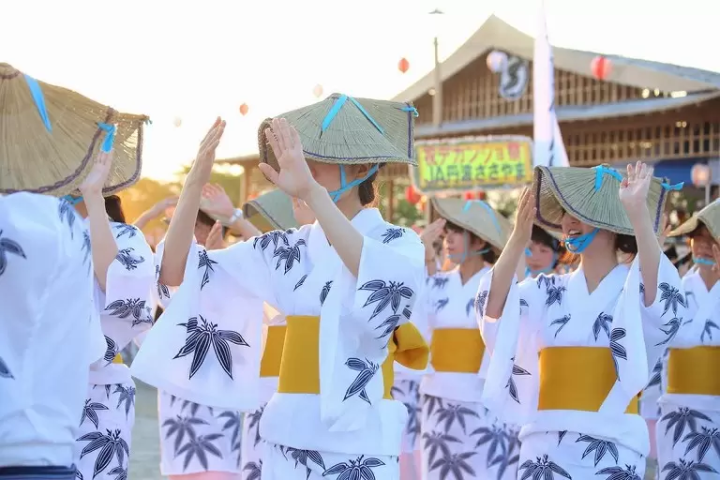
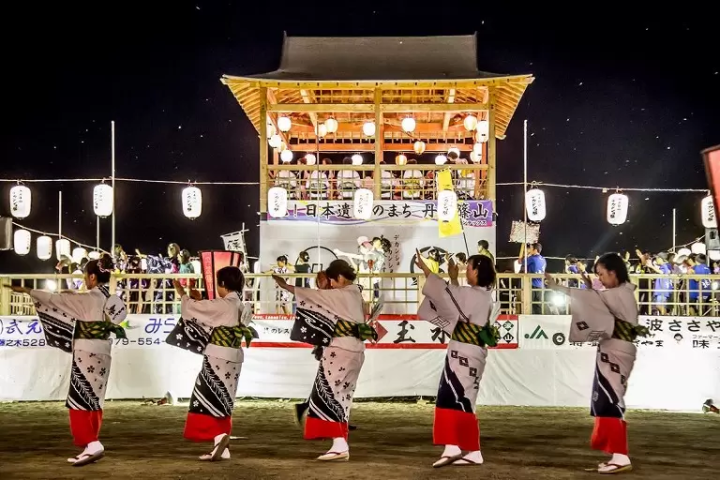
The first is "Tamba-Sasayama: Dekansho Bushi ~Memories in a folk song~". Dekansho Bushi are folk songs of this region that have been sung since the Edo period. In each era, they have sung of love for the region and its customs. Every year in August, the Dekansho Festival is held, whose participants dance and clap to the music of Dekansho Bushi. Visitors come from far and wide to get a look of the festival.
The second is "Six Ancient Kilns ~ Ceramics Born and Raised in Japan ~". The Six Ancient Kilns* are six representative ceramic production areas that have continued to produce pottery from the Middle Ages to the present, and Tamba-yaki of Tamba-Sasayama is one of them.
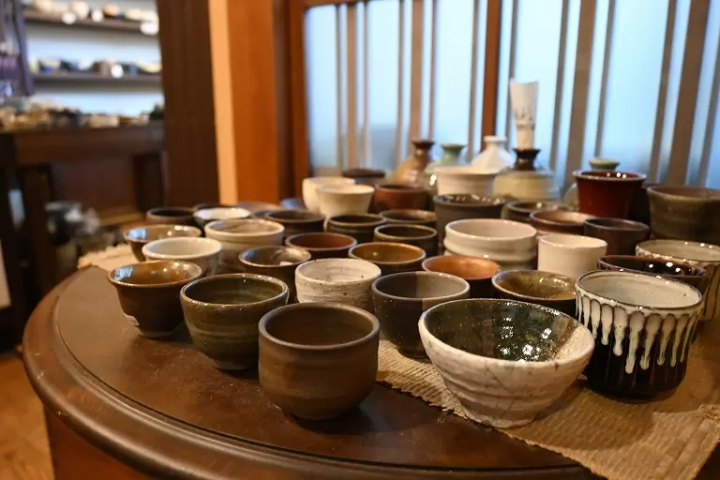
Strolling around the town, you will see many stores selling Tamba-yaki pottery.
If you find a piece of pottery you like, ask the name of the potter. Tamba-yaki Village is about 20 minutes by car from the castle town area, so it is fun to visit!
More information about Tamba-yaki can be found in "A stroll in the Tachikui area, Konda-cho, home to the Tamba-yaki Village of the Six Ancient Kilns."
*Japan Heritage - Stories which tell of Japanese culture and traditions through the historical charm and characteristics of a region, as designated by the Agency for Cultural Affairs. It is a part of Japan's cultural heritage protection system, which aims to revitalize regions by having them autonomously develop and utilize tangible and intangible cultural assets, which are full of the charm of each region, and promote them both domestically and internationally.
*The Six Ancient Kilns of Japan - the collective name for Echizen-yaki, Seto-yaki, Tokoname-yaki, Shigaraki-yaki, Tamba-yaki, and Bizen-yaki.
From Sasayama Castle to the merchant district. Stroll through the castle town enjoying history and culture
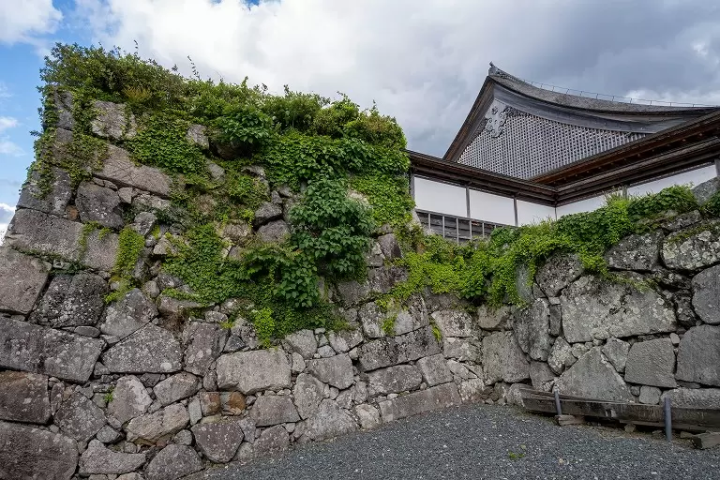
At the center of the castle town area are the ruins of Sasayama Castle, which was built in 1609 by order of Tokugawa Ieyasu*. The Oshoin (large drawing room) was built to serve as a center of politics, but was destroyed by fire in 1944. The present building was reconstructed in 2000.

Inside the Oshoin is a display of armor of Warring States-period warlords. They were actually handmade by an armorer living in Tamba-Sasayama! Visitors can see and even wear the elaborately crafted armor up close.
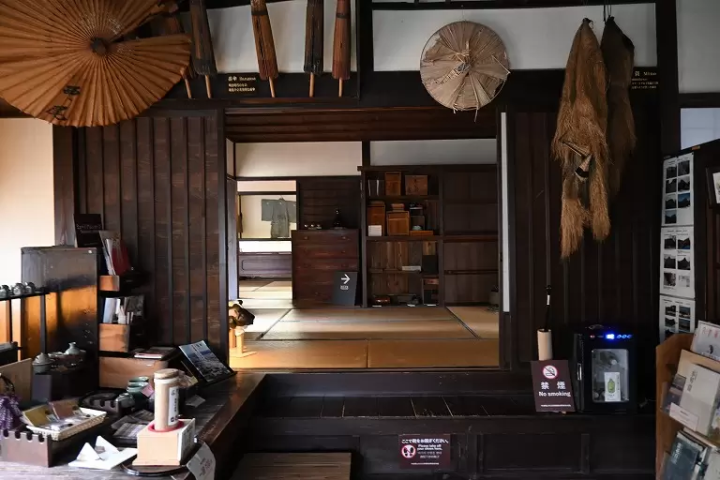
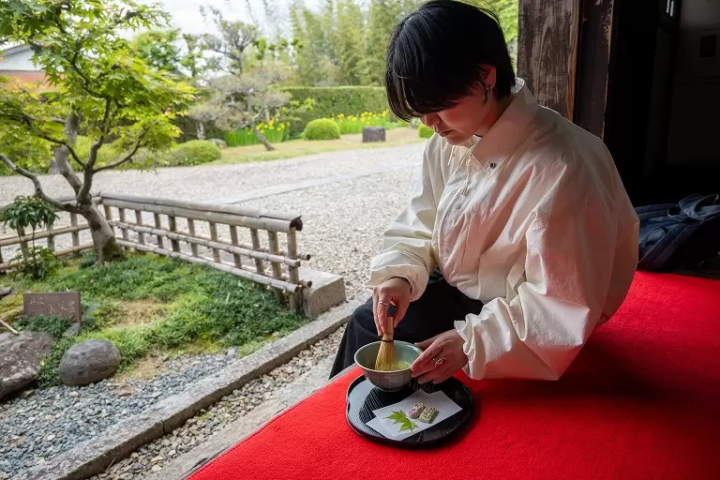
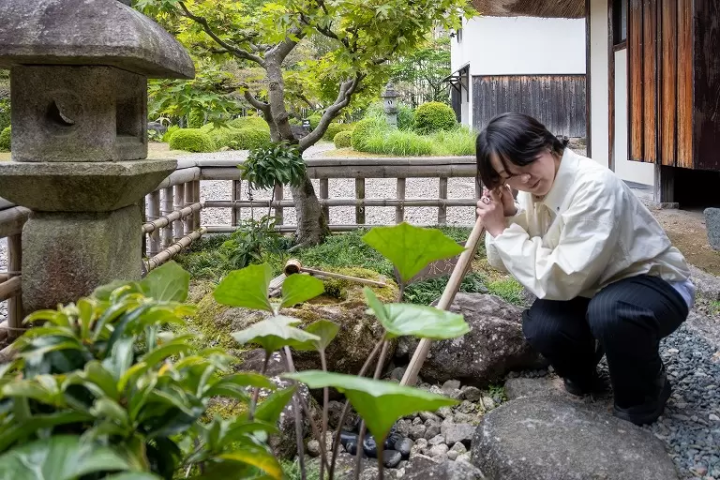
Near the moat on the west side of Sasayama Castle is the Okachimachi Samurai Residence District, where samurai residences with thatched roofs remain. The Anma-Family Samurai Residence Museum, which shows the life of low-ranking samurai of the time, was built after 1830. The museum exhibits daily necessities, furniture, dolls, and other items used by the people who once lived here, and also allows visitors to try on kimonos and experience the tea ceremony.
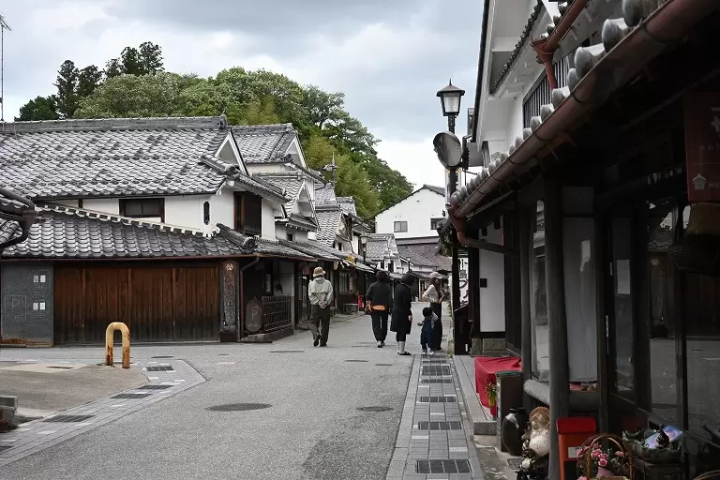
Kawaramachi Street on the east side of the ruins of Sasayama Castle is lined with magnificent buildings that were once merchant houses. They are now often used as hotels, cafes, and variety shops, and it is a pleasant area to wander around.
*Tokugawa Ieyasu - Tokugawa Ieyasu (1543-1616) was a military commander and politician who united Japan by founding the Edo shogunate (1603-1868). He brought the Warring States period to its end and founded the long period of peace known as the “Edo Period."
Unique accommodations from which you can travel as if you were living in Tamba-Sasayama
In Tamba-Sasayama, which still retains its traditional townscape, there are many unique accommodation facilities that make use of old private homes and buildings originally used for other purposes! This article will feature two of them.
Sasayama Castle Town Hotel NIPPONIA

Nipponia is a luxury hotel brand that renovates old houses of historical value and was first established in Tamba-Sasayama in 2015. The entire town has been transformed into a hotel, with guest houses belonging to the hotel scattered throughout the town.
Travelers accustomed to traveling in Japan and those seeking an unusual experience will love Nipponia's accommodation style, which is like renting a vacation home.
The front desk and restaurant building is the former residence of a bank manager, and is over 100 years old. Once you complete the check-in procedures, you can enjoy your stay in a traditional Japanese house as if you were returning home.
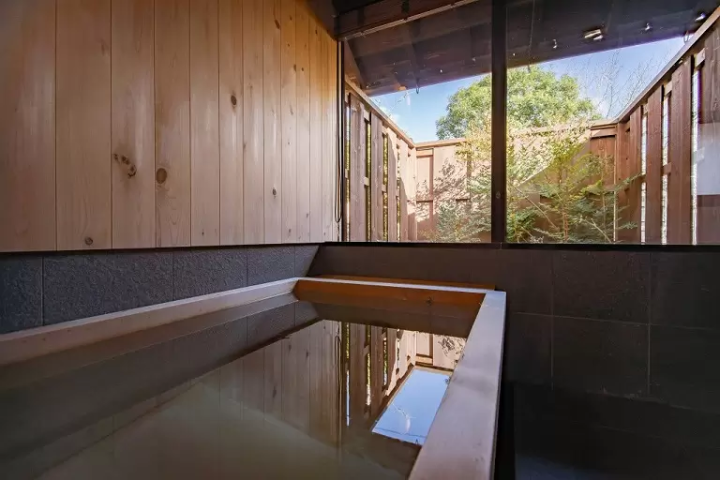
The interior and plumbing have been remodeled to make the houses more comfortable for guests, but they aren't over-repaired, with the balance being struck by leaving things such as soot stains on the ceiling and the old glass windows as they are, so that you can feel the history of the old house. Another point of interest are the low ceilings that match the height of Japanese people in the past!
To ensure that international travelers have an inconvenience-free stay, Nipponia has introduced a translation tool with support for 109 languages. In addition to communicating with hotel staff through automatic translation, you can read facility information through the language settings on your smartphone.
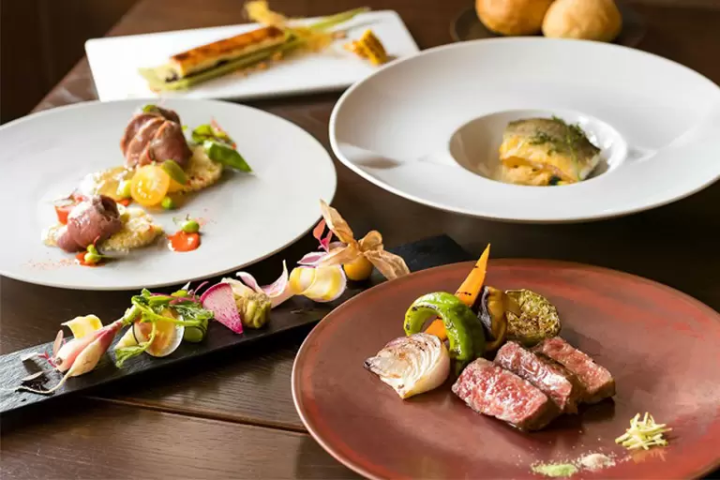
For a special Tamba-Sasayama experience, check out the optional tours. Tours are available according to the season, such as a cycling tour that offers a completely original route tailored to your requirements, or a special plan that allows you to participate in the Dekansho Festival.
L'hôtel de Mai
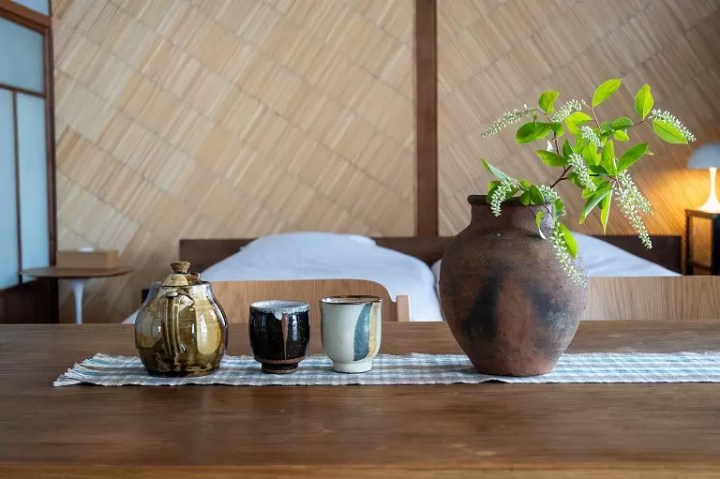
L'hôtel de Mai is a hotel in a renovated two-story wooden building that used to be a bank. There is only one guest room, and it is limited to one party per day.
The luxurious guest room, which occupies an entire floor, is decorated with works by artists associated with Tamba-Sasayama, and has a fine atmosphere that will make you feel as if your sense of taste has been refined just by staying in the hotel.
What makes this hotel special above all is that the hotel provides maximum support for one party per day.
For foreign travelers, the language barrier is always a problem when traveling to Japan. The hotel staff will help you make the most of your stay, not only by booking cabs and restaurants, but also by recommending cafes and stores, and even consulting with you on sightseeing plans.
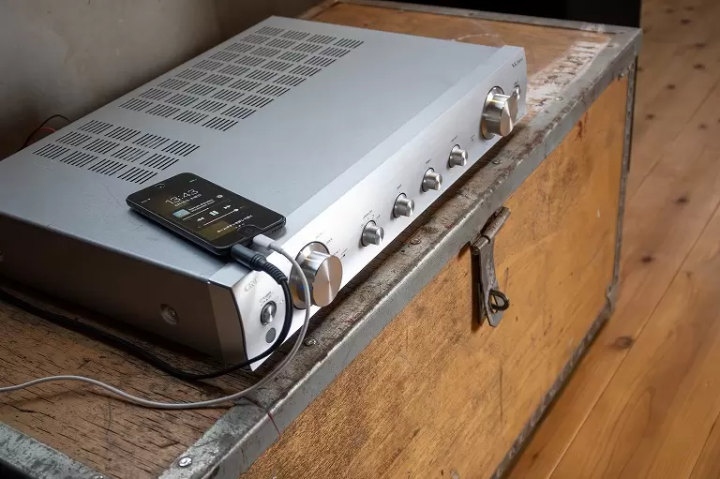
Many travelers who choose L'hôtel de Mai have a strong interest in arts and crafts, so we sometimes help them connect with other people by introducing them to local artisans and artists.
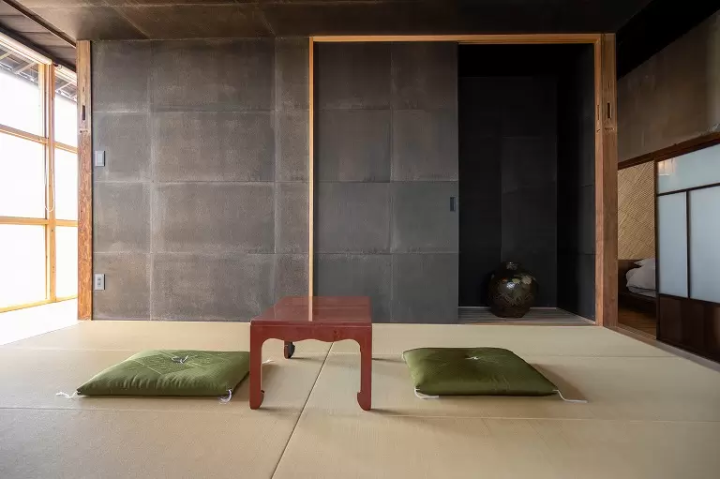
The special hospitality made possible by the hotel staff's thorough knowledge of the people, town, and culture of Tamba-Sasayama seems to be attracting many regular patrons.
There are many other unique lodging facilities scattered throughout Tamba-Sasayama, so be sure to explore them while touring the castle town.
*Persimmon tannin - The unripe fruit of astringent persimmons harvested while still green is pressed, fermented and matured to make it. Persimmon tannin has long been used for paints and dyes in Japan.
*Charcoal dyeing - Goods hand-dyed using charcoal as a dye
Every day, there is something new to discover. Tamba-Sasayama is a town that suits a long stay.
There are so many unique and beautiful hotels that it is hard to decide where to stay. Some travelers are said to change their accommodations every day and stay for a long time. The way you see the town and spend your time in it changes as you change where you stay. With so many different ways to enjoy Tamba-Sasayama, even a week may seem short!
Oito
Address: 186 Kawaramachi, Tanbasasayama-shi, Hyogo Prefecture, 669-2325(Google map)
Website: https://oito-henko.com/en/
Ayame
Address: 116-1 Kawaramachi, Tanba Sasayama City, Hyogo Prefecture, 669-2325 ( Google map )
Site: None
Sasayama Castle Ruins
Address: 2 Kitashinmachi, Tanba Sasayama City, Hyogo Prefecture, 669-2332 ( Google map )
Working hours:
May to October 8:30 to 20:00
November to April 8:30 to 19:00
Holiday:
Oshoin: Mondays (open on national holidays, closed the following day), year-end and New Year holidays (December 25 to January 1 of the following year)
Visitors are free to explore the castle tower, keep, and outer citadel during the above hours
Website: none in English
Anma-Family Samurai Residence Museum
Address: 95 Nishishinmachi, Tanba Sasayama City, Hyogo Prefecture, 669-2334 ( Google map )
Working hours: 9:00-16:30
Holidays: Mondays (the following day if Monday is a national holiday), year-end and New Year holidays
Website: none in English
Sasayama Castle Town Hotel NIPPONIA
Address: ONAE building, 25 Nishimachi, Tanbasasayama-shi, Hyogo Prefecture, 669-2342(Google map)
Website: none in English
L'hôtel de Mai
Address: 40 Tatemachi, Tanbasasayama-shi, Hyogo Prefecture, 669-2323(Google map)
Website: none
Welcome to Hyogo Hyogo is a gateway to the Kansai region, which nurtures the blessed land that connects the Sea of Japan, the Chugoku Mountains, and the Seto Inland Sea, as well as the blessed climate. There are many spectacular views that will catch your eye, such as Himeji Castle, a World Heritage Site that was selected as one of the 100 Best Cherry Blossom Spots, and the panoramic night view from Mt. Rokko. The world-famous Kobe brand, KOBE BEEF, which is synonymous with Tajima beef, is one of Japan's leading beefs, and the sake rice ``Hyogo Yamada Nishiki'' is a gem that will surprise your tongue. Arima Onsen is a famous hot spring, and Kinosaki Onsen has appeared in many literary works. Surrounded by nature, you can relax your mind and body. You can come across memorable sounds such as the thunderous sounds of the whirlpools of Naruto on Awaji Island, and the dynamic sounds of the fireworks festivals held in various places in the summer. In the herb gardens and botanical gardens in the prefecture, you will be healed by the gentle and pleasant scent of herbs and flowers throughout the four seasons. Enjoy a new journey in Hyogo that stimulates the five senses of sight, taste, touch, hearing, and smell.
The contents on this page may partially contain automatic translation.































![[2026] Top 5 Strawberry Picking Spots in Tokushima, Naruto| Farms and Access Guide for January to May](https://resources.matcha-jp.com/resize/720x2000/2025/03/06-227165.webp)
![[Yamanashi/ Hokuto City] 4 Hot New Spots Opening in 2026](https://resources.matcha-jp.com/resize/720x2000/2025/12/12-252747.webp)


